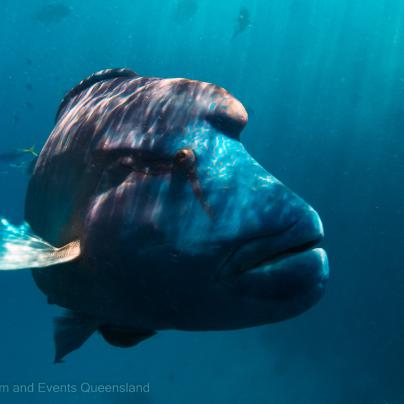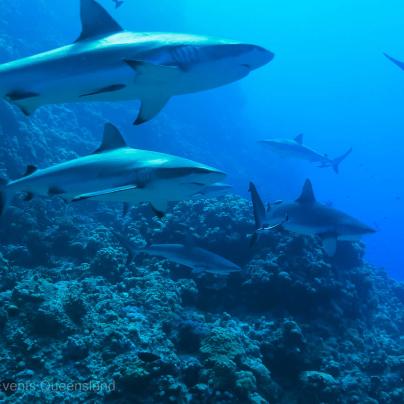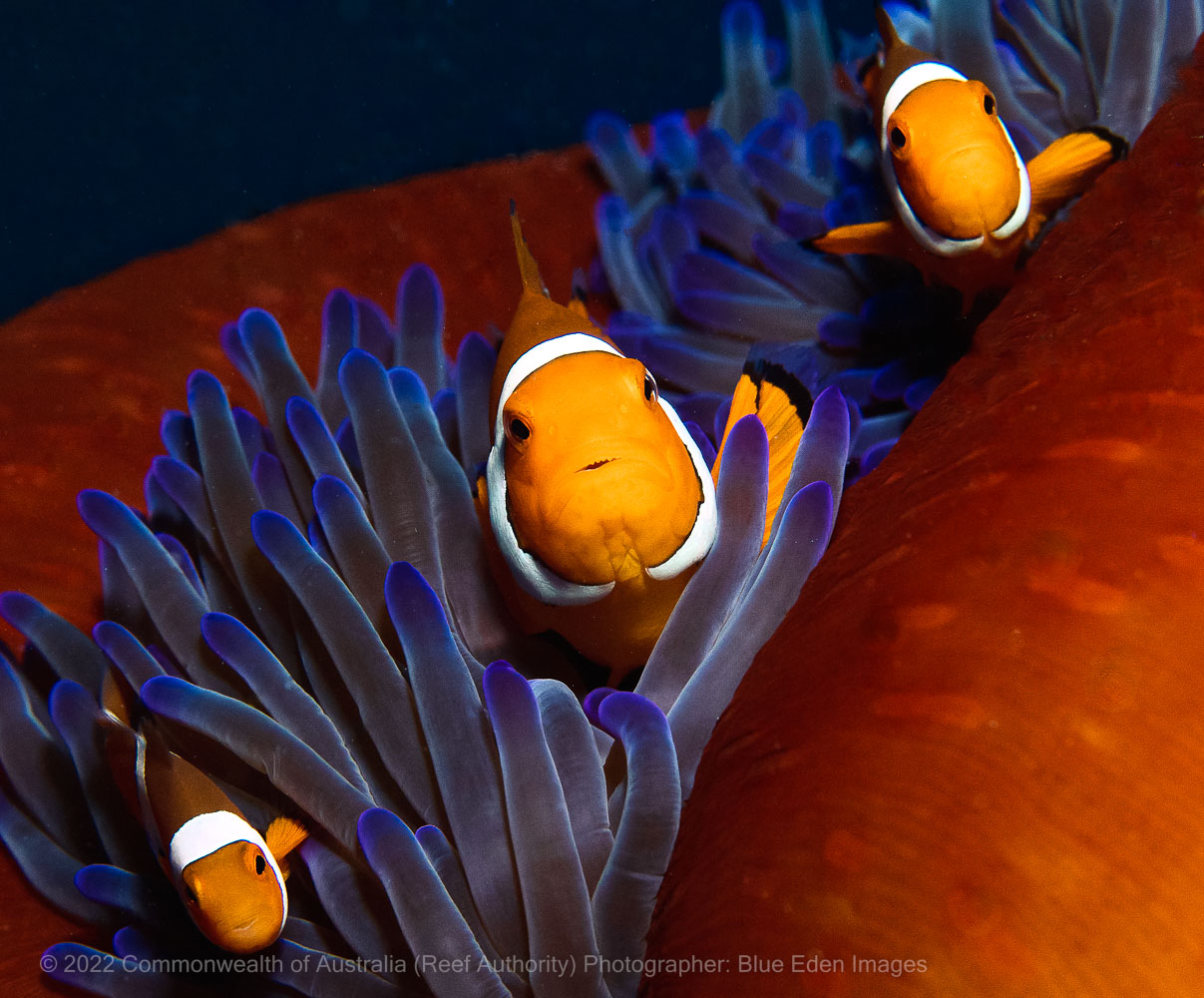The Great Barrier Reef makes up about 10 per cent of the world's coral reef ecosystems and is one of the best known and most complex natural systems on Earth.
It is Sea Country for many first Australians with more than 70 Traditional Owner groups whose connections to the marine environment dates back more than 60,000 years.
The Reef is a Marine Park and World Heritage Area, supporting a range of commercial activities and attracting millions of visitors each year who come to enjoy its beauty above and below the water.
The Reef is also an economic powerhouse, contributing more than $6.4 billion each year to the Australian economy and providing around 64,000 full-time jobs.
- On this page:
- Size and area
- Animals and plants
- Coral and habitats
- Marine Park size compared to other areas







Size and area
The Great Barrier Reef is unique as it extends over 14 degrees of latitude, from shallow estuarine areas to deep oceanic waters.
Within this vast expanse is a unique range of ecological communities, habitats and species – all of which make the Reef one of the most complex natural ecosystems in the world.
- Some key facts about the Great Barrier Reef Marine Park:
- covers 344,400 square kilometres in area
- includes the world’s largest coral reef ecosystem
- includes some 3000 coral reefs, 600 continental islands, 300 coral cays and about 150 inshore mangrove islands
- extends south from the northern tip of Queensland in north-eastern Australia to just north of Bundaberg
- is between 60 and 250 kilometres in width
- has an average depth of 35 metres in its inshore waters, while on outer reefs, continental slopes extend down to depths of more than 2000 metres
- was created in 1975 through the Great Barrier Reef Marine Park Act
- extends into the airspace above and into the earth beneath the seabed.
Animals and plants
While it’s known primarily for its giant maze of colourful reefs, its intricate architecture also provides a home for a vast number of animals and plants.
Some of these, such as turtles and crocodiles, have been around since prehistoric times and have changed little over the millennia.
- The breathtaking array of marine creatures includes:
- 450 types of hard corals
- At least 1,000 species of soft corals and sea pens
- More than 100 species of jellyfish
- Over 6000 varieties of molluscs
- More than 1,000 species of worms
- 1625 types of fish
- 14 types of sea snakes
- 6 species of marine turtles
- 20 nesting species of seabirds
- 41 species of shorebirds
- Over 1,300 species of crustaceans
- 630 species of echinoderms
- At least 2,500 species of sponges
- 136 varieties of sharks and rays
- More than 30 species of whales and dolphins.
Coral and habitats
While coral reefs initially made the Great Barrier Reef famous, they only comprise about seven per cent of the Marine Park and the World Heritage Area.
The rest of the Marine Park is an extraordinary variety of marine habitats, ranging from shallow inshore areas – such as seagrass, mangroves, sand, algal and sponge gardens, and inter-reefal communities – to deep oceanic areas more than 250 kilometres offshore.
Rather than having one level of protection throughout the Marine Park, the area is instead divided into different zones. Each zone has different rules outlining permitted activities and those that are prohibited.
Marine Park size compared to other areas
Covering 344,400 square kilometres, the Great Barrier Reef Marine Park is:
- bigger than Victoria and Tasmania combined
- bigger than the United Kingdom, Switzerland and Holland combined
- roughly the same area as Japan, Malaysia or Italy
- approximately half the size of Texas
- slightly smaller than the entire Baltic Sea
- the Great Barrier Reef Marine Park would fit into Hudson Bay 3.6 times
- Great Britain would fit in the Great Barrier Reef Marine Park 1.6 times
- if laid along the coastlines of France, the Great Barrier Reef would cover 67 per cent of the total length
- the Great Barrier Reef would cover the distance from Rio de Janeiro to the mouth of the Amazon River
- the Great Barrier Reef Marine Park would cover 98.6 per cent of Germany
- the Great Barrier Reef could be laid down 1.4 times North to South within India
- South Korea would fit inside the Great Barrier Reef Marine Park 1.54 times
- Mount Fuigi could be stacked end-to-end 609 times along the Great Barrier Reef
- New Zealand would fit the Great Barrier Reef Marine Park 1.3 times.
The Marine Park stretches approximately 2300 kilometres along the coast of Queensland in north-eastern Australia – this is about the same length as the west coast of the USA from Vancouver to the Mexican border.
The Belize Reef off the Caribbean coast of Belize is the second longest barrier reef in the world at 290 kilometres, while Ningaloo Reef off the West Australian coast is 280 kilometres long.





